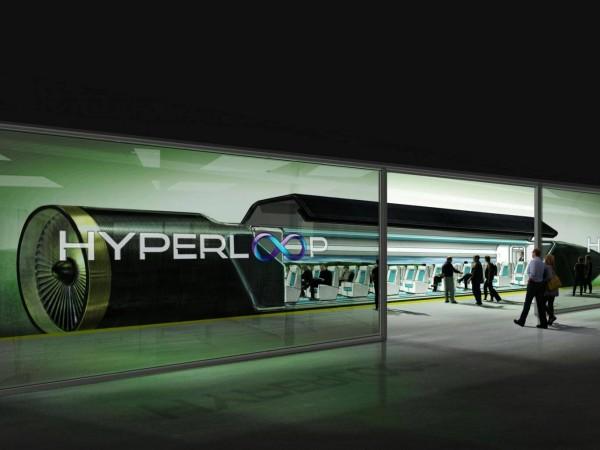
India will get its supersonic hyperloop transportation system between Mumbai and Pune in 2024, which will bring down the travel time between the two megacities to about 25 minutes from the three hours at present.
The system, which will also connect Navi Mumbai International Airport, will benefit 26 million people and ease the burden on local trains.
But what is a hyperloop and will it be the future of transport?
What is a hyperloop?
Hyperloop features passenger capsules flying within a tube with a low level of pressurization that would contain pods with skis, which is designed to withstand high pressure and heat.
Air exiting those skis through tiny holes would create an air cushion on which the pods would ride, and they'd be propelled by air jet inlets.
Capsules travel just under the speed of sound, at 760 mph (1,220 km/h). Passengers ride in pairs, with luggage stored at the front or rear of the capsule.
Who came up with the idea of hyperloop?
Entrepreneur Elon Musk proposed hyperloop - a "fifth mode of transport" in 2012.
The owner of Tesla Motors and SpaceX said he regrets bringing hyperloop up to begin with and that it's up to someone else to build it.
"I wish I had not mentioned it," he's quoted as saying in the Businessweek article. "I still have to run SpaceX and Tesla, and it's fucking hard."
Who is developing the first hyperloop?
A lot of companies are in the race to create first commercial hyperloop. The main runners include Hyperloop Transportation Technologies and Hyperloop One.
Are hyperloops expensive?
Hyperloops potentially need lesser ground space compared to modern rail system and far less energy to transport the pods.
Musk projected that his proposed Los Angeles route would cost around $6 billion, or $11.5 miles per mile, compared to $68 billion for a high-speed rail link.
Which other countries are eyeing for this transportation system?
Virgin Hyperloop One is working on projects in the UAE, the U.S., Canada, Finland and the Netherlands which are similar to ones being proposed in India.








